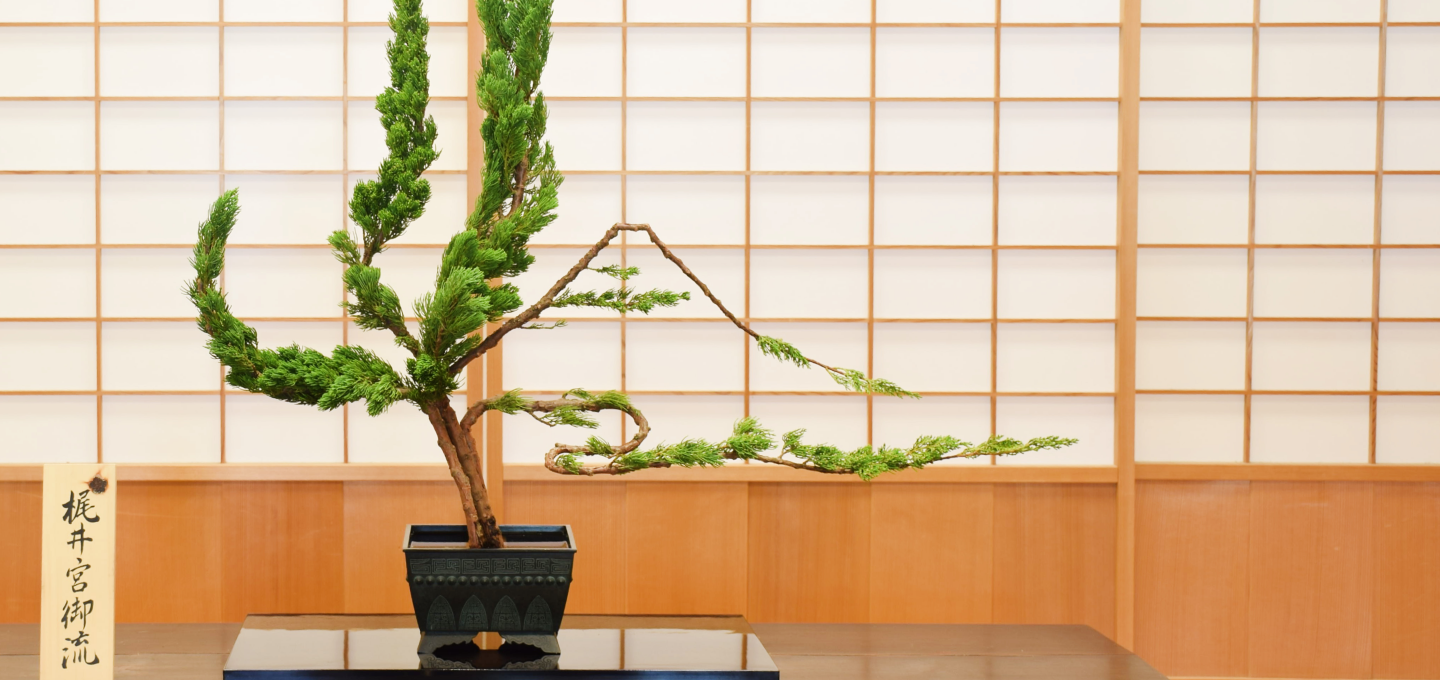
Special Experience
Tokyo & around
Learn Ikebana from a 21st Generation Headmaster at a Tangible Cultural Property of Sankei-en Garden
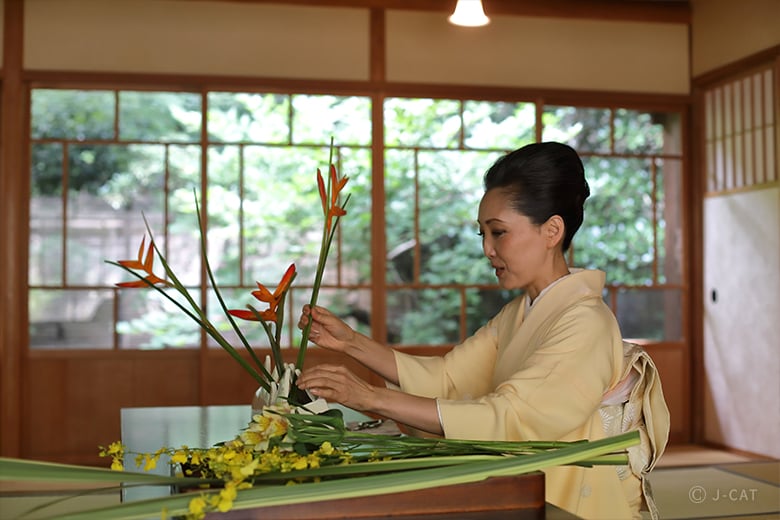
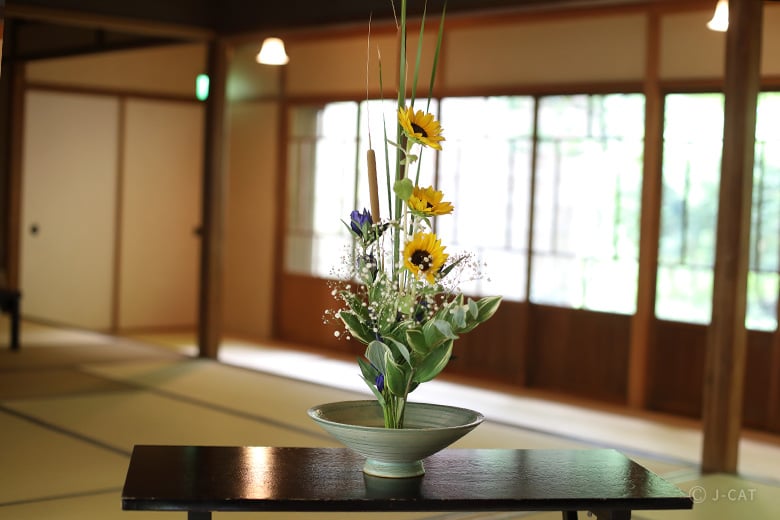
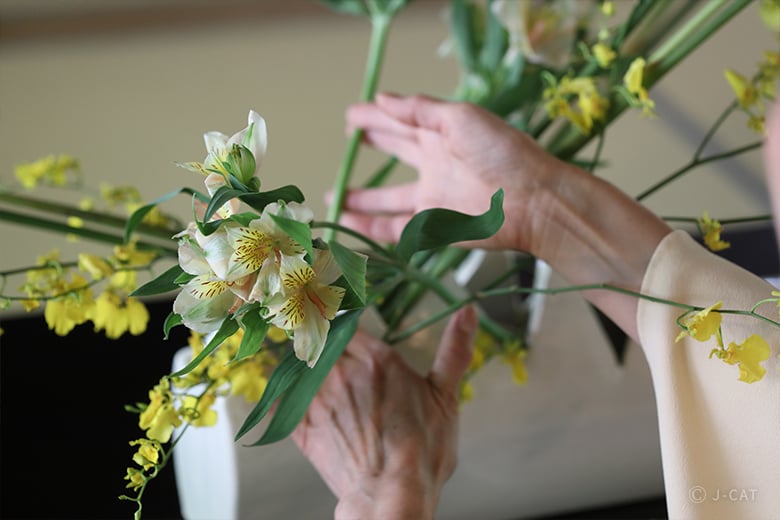
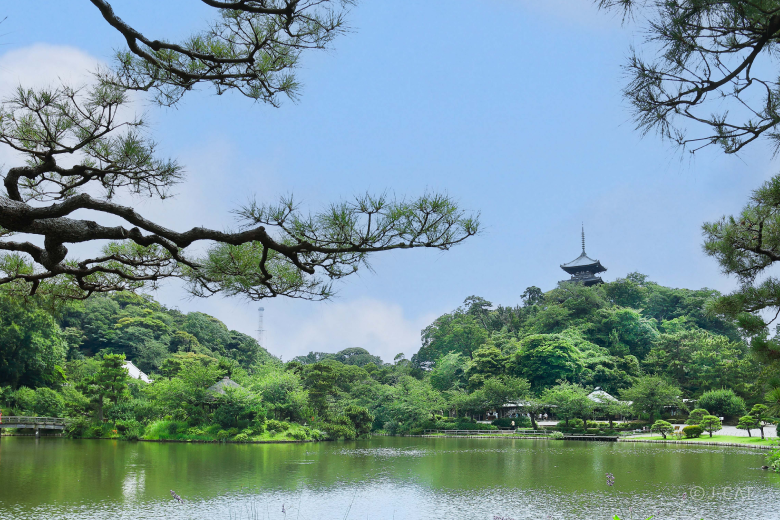
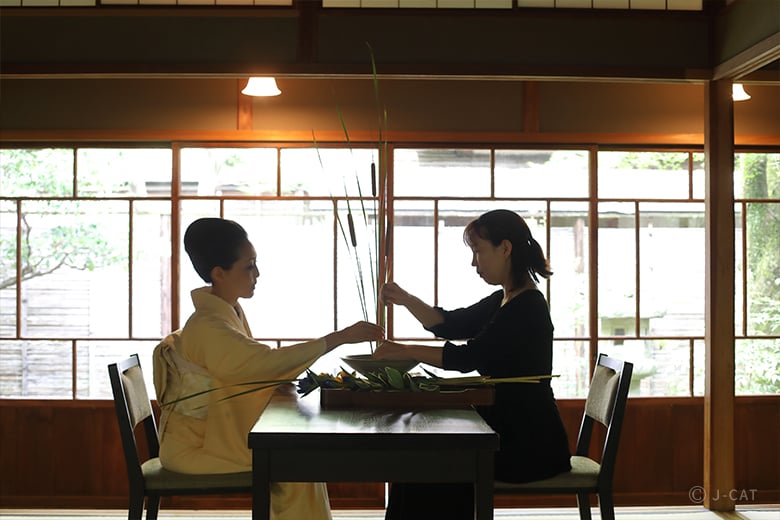
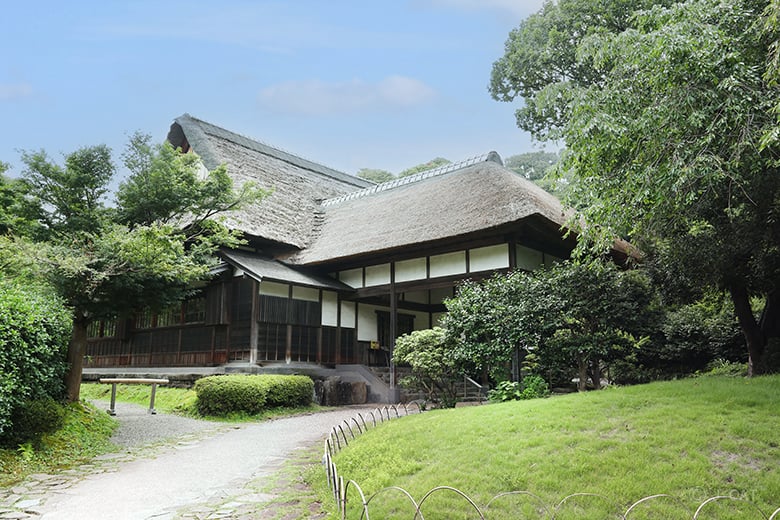
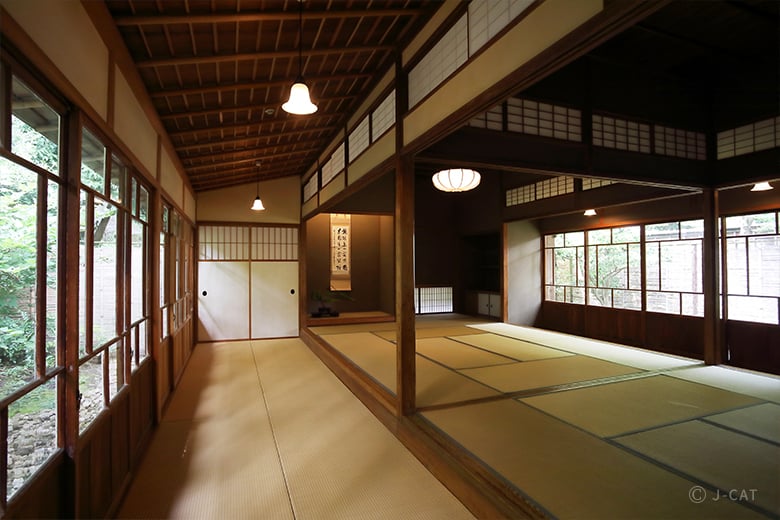
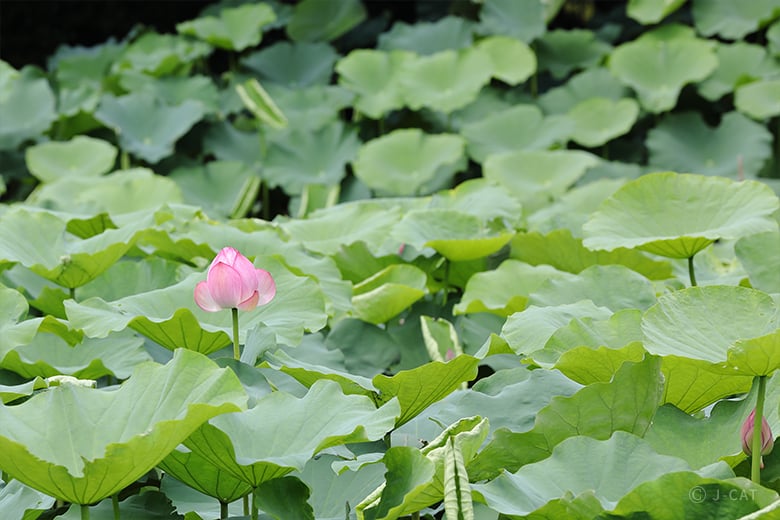
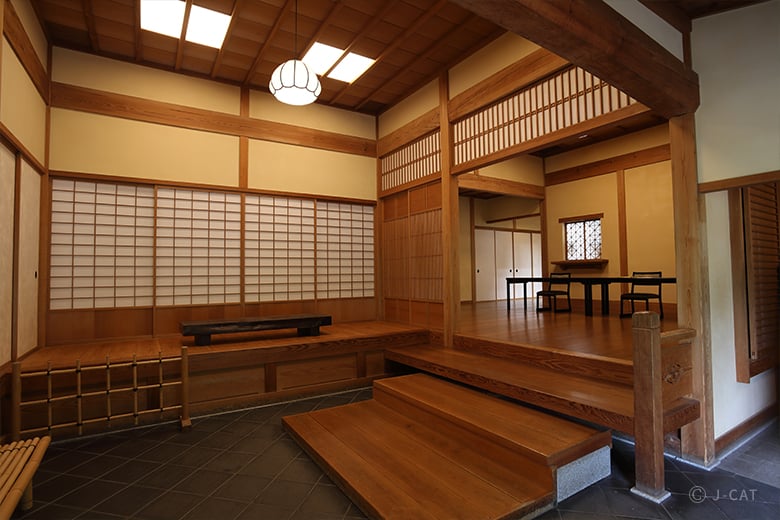
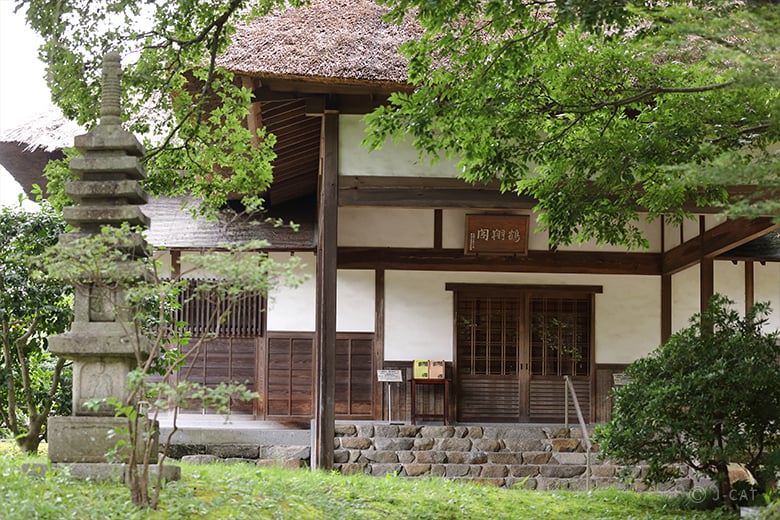
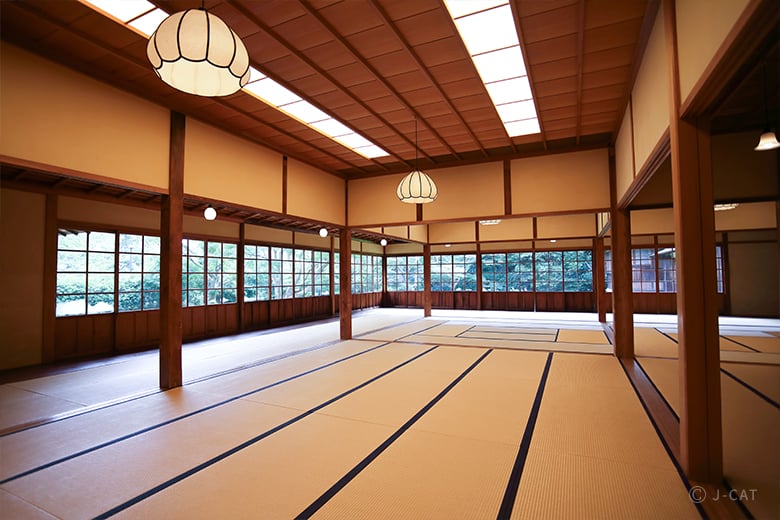
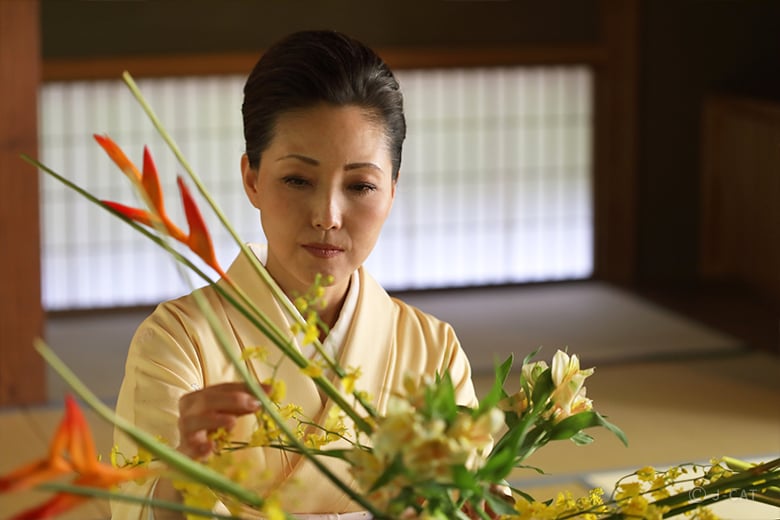
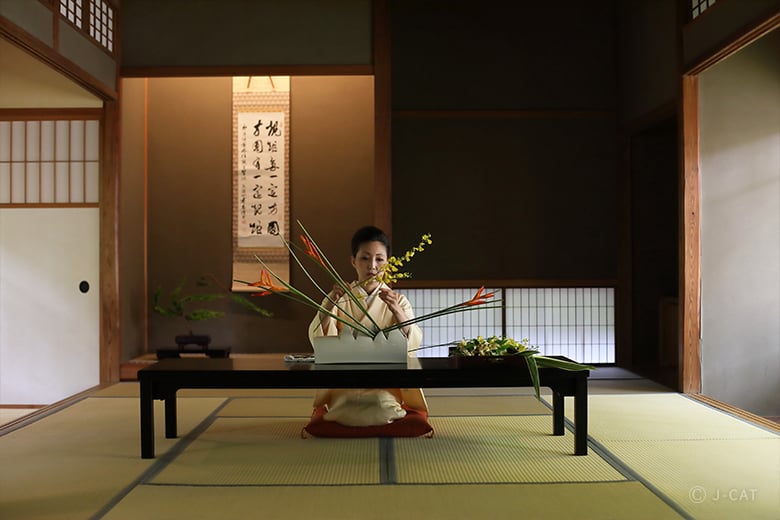
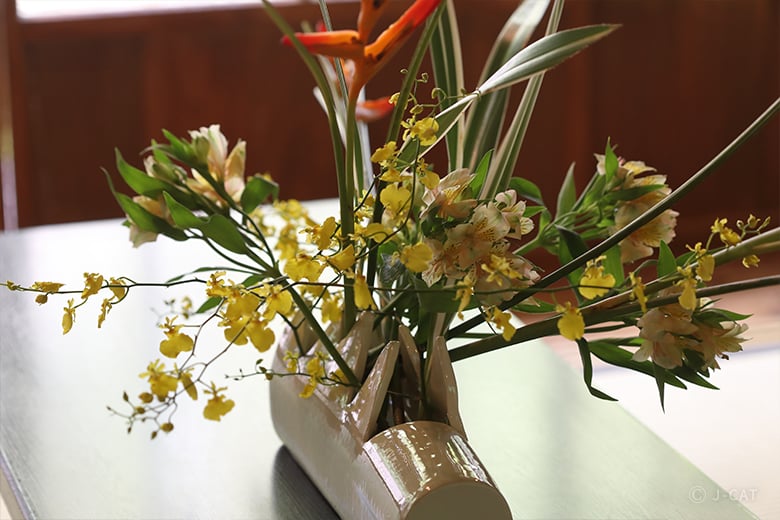
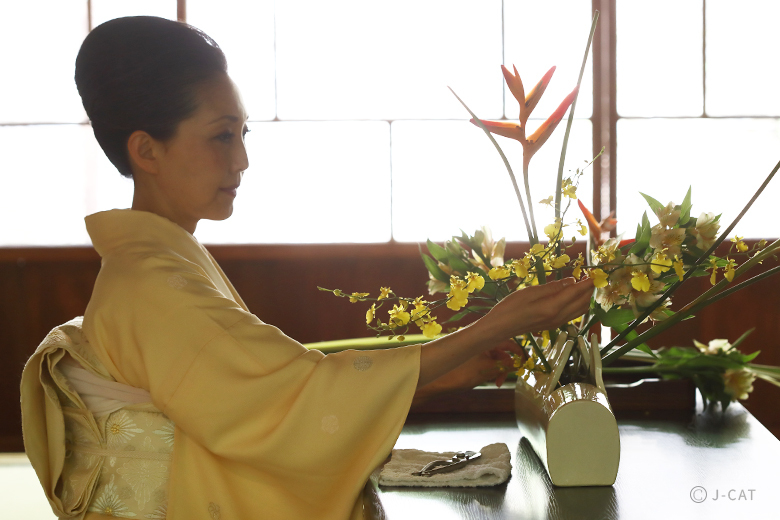
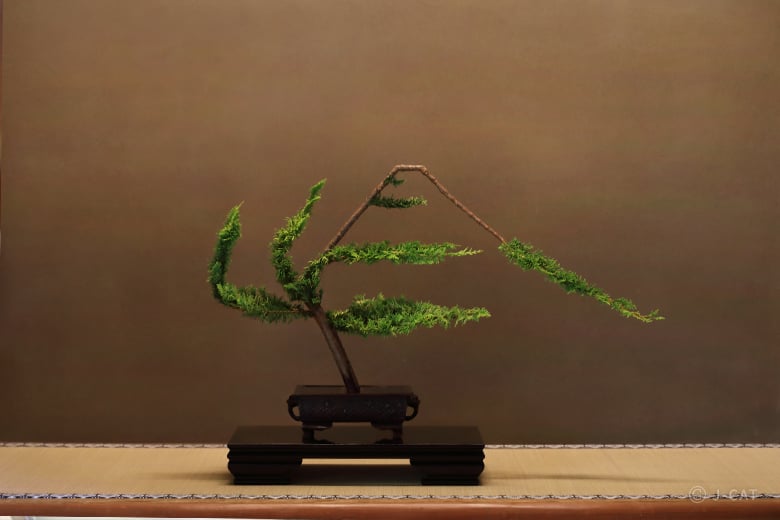
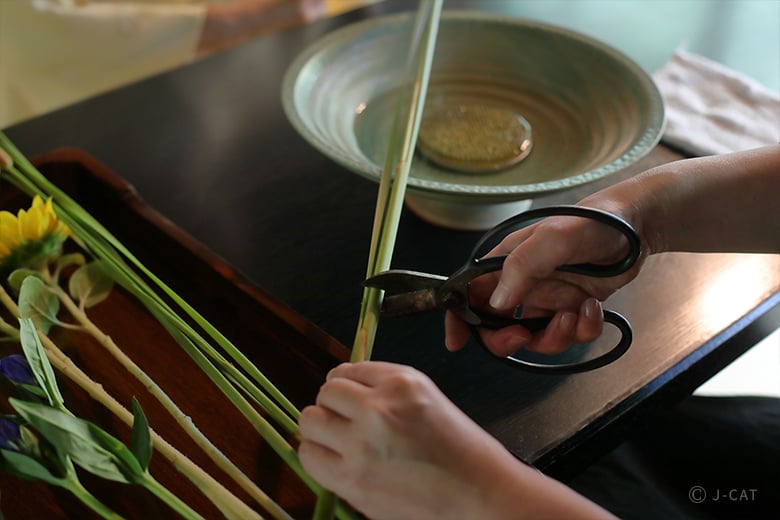
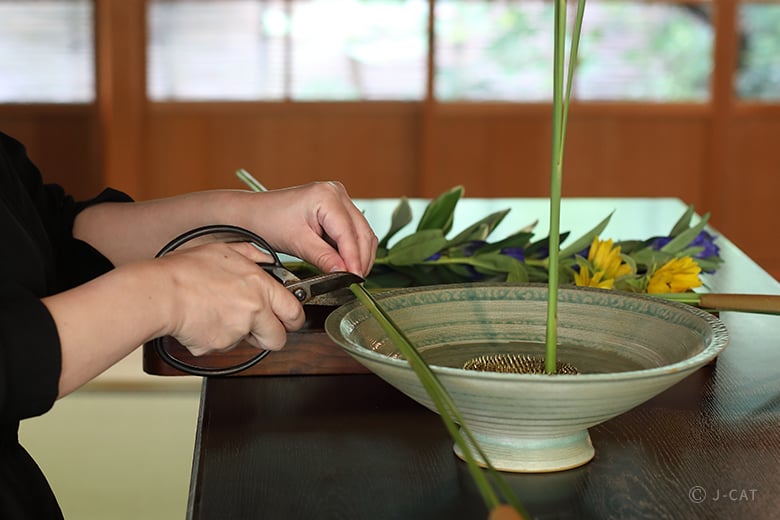
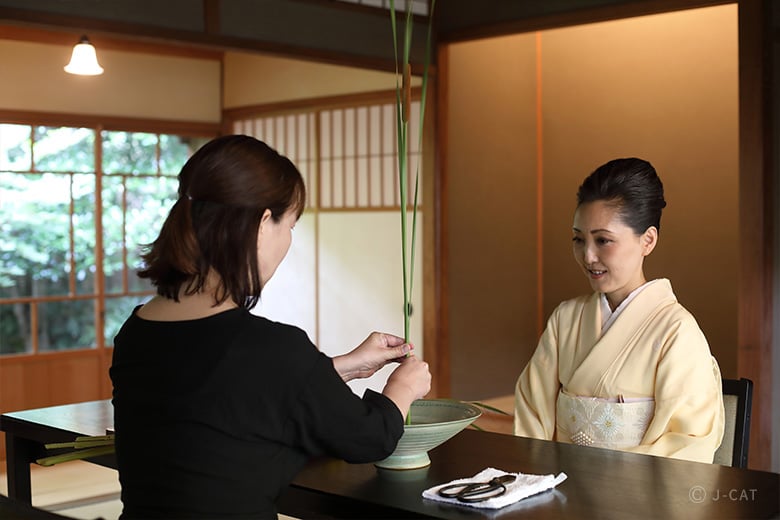
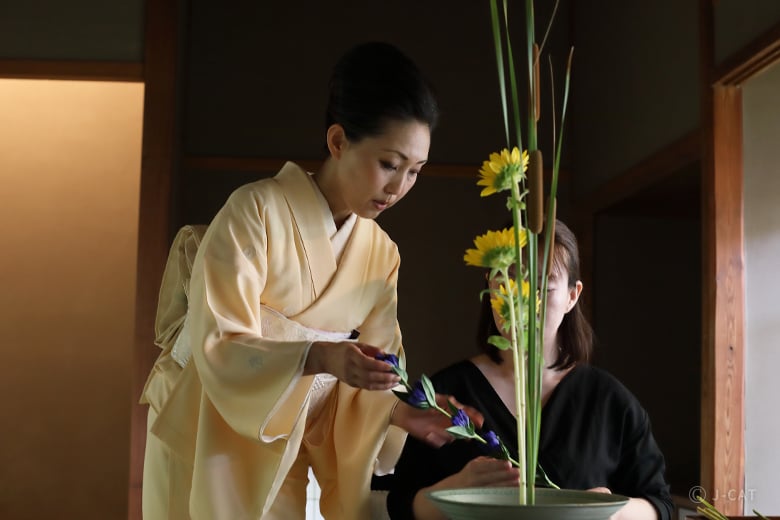
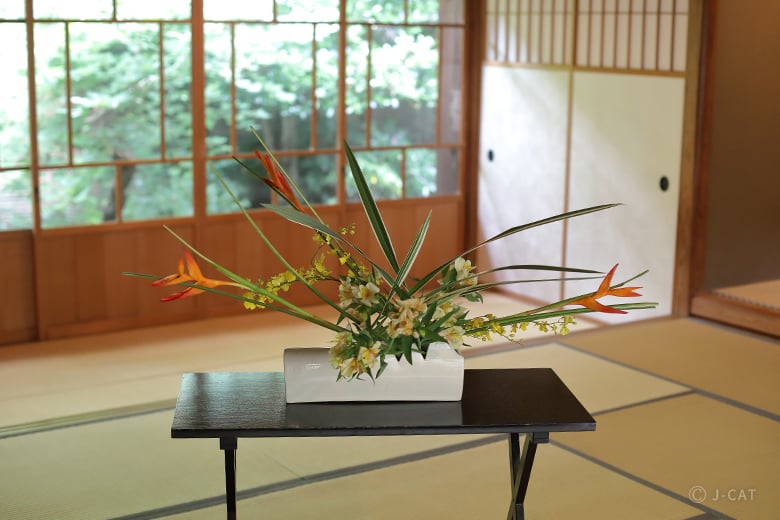
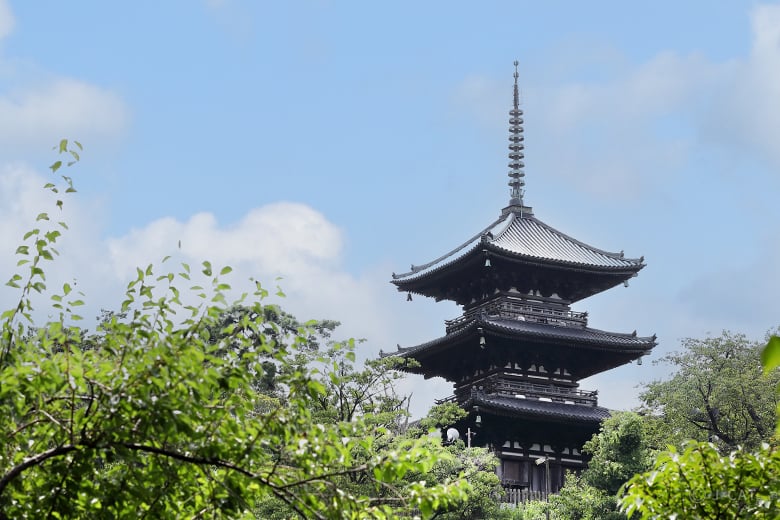
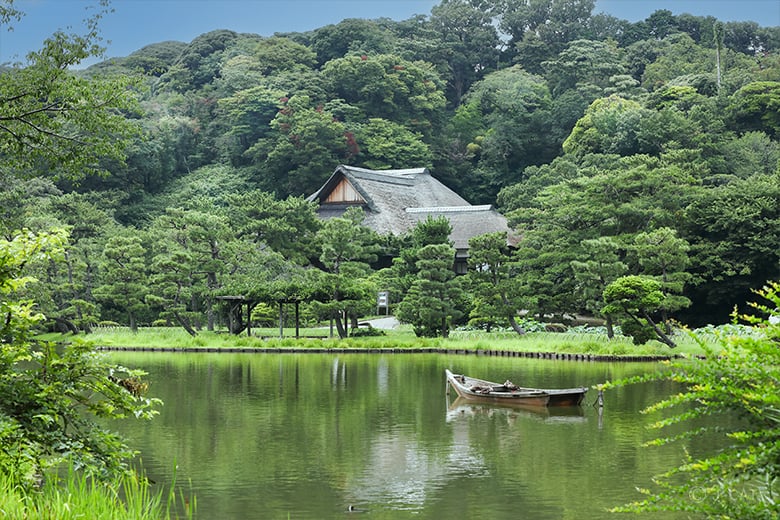























Overview
Ikebana, the Japanese art of flower arrangement, is an ancient cultural tradition. This plan offers the chance to experience it in the Kajiinomiya Goryu style, which got its start in the historic Sanzen-in Temple – also known as Kajii Monzeki – in the Ohara area of Kyoto. Your teacher and guide into this traditional art form is Isshosai Socho Fujiwara, the 21st iemoto (house headmaster) of the Kajiinomiya Goryu. When you have finished creating your arrangement, enjoy a photo shoot of it followed by tea and sweets and a chance to sit and chat with the iemoto of this historic school. The experience finishes with a stroll to luxuriate in the seasonal natural landscape and historic buildings of Sankei-en, a traditional garden registered as a Nationally Designated Scenic Spot.
Key Features
・Stroll the vast traditional garden grounds of Sankei-en, a must-see sightseeing spot in Yokohama, taking in its seasonal natural scenery and numerous historic buildings
・Enjoy private use of a room at the Kakushokaku, a tangible cultural property, experiencing ikebana in a space normally closed to the general public
・Receive special direct instruction from the highest authority of the historic ikebana school of Kajiinomiya Goryu, which originated from Sanzen-in Temple in Ohara, Kyoto
Tokyo & around
120mins
from ¥188,100 /group
1 - 6 participants
Available in English
Cancel free up to 4 days prior
Details
The 21st Iemoto of the Kajiinomiya Goryu Style of Ikebana Teaches the Spirit of the Art
The Kajiinomiya Goryu school of ikebana began at the temple Kajii Monzeki Sanzen-in, in Ohara, Kyoto. This Heian era (794-1185) temple has close historical ties to the Imperial family, with princes serving as head priests, and its Kajiinomiya Goryu ikebana school carries a historic tradition over five centuries in the making. Its iemoto (the highest-ranking authority of a Japanese traditional art discipline), Isshosai Socho Fujiwara, serves as the instructor for this experience. Fujiwara is the 21st generation head of the Kajiinomiya Goryu house, and its first female iemoto.

Iemoto Fujiwara, who describes her approach as “underscoring the dignity of flowers”
The 21st iemoto was born eldest daughter of the previous head, and assumed the duties of fuku (“vice” or “deputy”) iemoto when she was in her twenties. In 2004, she assumed her current position along with the headmaster name under which she still practices. Learn this traditional art and the Japanese spirit behind it from a true traditional headmaster who grew up with flowers and continues to work to spread their charms.

Kinkei no Fuji (literally “Fuji in the Foreground”) – a traditional arrangement passed down through generations of the Kajiinomiya Goryu school
Roam the Grounds of a Traditional Garden and Designated Scenic Spot
The venue for this experience is Sankei-en, a nationally designated scenic spot and traditional garden in Yokohama, chosen based on the iemoto’s desire for visitors to experience genuine Japanese aesthetics prizing space and harmony. Sankei-en was created in 1906 by Sankei Hara, a businessman who made a fortune in the raw silk trade and was a modern patron of traditional Japanese cultural practices such as art and tea ceremony. In 2007, his garden was designated a cultural property and scenic spot by the national government.

The Three-Story Pagoda of the Former Tomyoji Temple, the oldest surviving wooden pagoda in the Kanto region, a designated Important Cultural Property
The sprawling 175,000 square meters of the garden grounds encompass 17 historic buildings, including a three-story pagoda and tea rooms relocated from historic sites in Kyoto and Kamakura. Strolling the garden at the end of the experience, you will encounter picturesque exemplars of Japanese landscapes designed to stand in harmony with nature, and have a chance to enjoy archetypical seasonal foliage – such as plum and cherry blossoms in spring, fresh new greenery in and lotuses in summer, and the russet hues of autumn.

The seasonal charms of flowers this nature-rich garden
Watch a Headmaster Work in a Serene Traditional Space
At the start of the experience, you’ll head to the Kakushokaku, a quaint old building with a large and striking thatched roof. Set against a backdrop of mountains, the Kakushokaku was built in 1902 by Sankei Hara as his personal residence. In 2000, the building was designated a cultural property by Yokohama City.

The Kakushokaku (literally “Manor of the Flying Crane”), said to have been named for the way its appearance evokes a crane taking flight
Despite being the residence of a wealthy trader, the Kakushokaku has almost no ornamentation. Its wooden interior exudes a uniquely Japanese minimalism, a “less is more” sensibility sometimes described as “the aesthetics of subtraction” – including in ikebana itself. This treasured structure, not usually open to the general public, is spacious and quiet with views of the gorgeous traditional garden from every room. It also has historical ties to iemoto succession, having been used for exhibitions commemorating these events.

The Kakushokaku was once an active cultural salon for visiting painters who lodged and created here
In one of the Kakushokaku’s traditional tatami rooms, the kimono-clad iemoto will perform a live demonstration of ikebana using seasonal flowers of the present moment. Relish this rare chance to watch up close as a headmaster of the art, whose life has revolved around flowers since early childhood, create a majestic work right before your eyes.
※This plan features private use of one room in the Kakushokaku, but the particular room may vary, differing from images here.

Seasonal flowers arranged in a vase, in a demonstration by the iemoto herself
An Ikebana Experience With Delights for All Five Senses
Learn basic ikebana techniques and principles, and apply them in an arrangement using a kenzan (literally “sword mountain”) – a base piece covered in spikes known in English as a “pin frog.” Specialized shears make a distinct popping sound when used to cut branches, and the kenzan’s needles give a distinct sense of pressure and resistance as they bite and grab the stems of your flowers. Let these sensations of ikebana draw you into an almost meditative calm.

Basic ikebana starts with a single flower that serves as the central stem of the piece
Harness the aesthetics of subtraction, to express a simple Japanese minimalism highlighting natural beauty and eschewing unnecessary flourishes. The iemoto hopes to spread the techniques and sensibilities of her art, but more than that, she wants to share its joy. Learn from her how best to make each individual flower shine, and apply these lessons using your own creativity. As you work closely with living flowers in this elegant traditional space, you may just get a glimpse of the historic aesthetic sensibilities that have inspired so much of the country’s art and design.

The iemoto offers attentive instruction in cutting flowers with shears
A One-of-a-kind Creation and an Irreplaceable Memento
When your work is complete, the iemoto will offer her thoughts on it before you have a chance to shoot photos of it. Cast your eye across the space for the right placement to display your work at its best for the shoot. The Kajiinomiya Goryu school believes that ikebana arrangements are essential to bring life to an interior. You might also want to take the opportunity to compare the aesthetics of your ikebana creation against those of the naturalistic garden outside. If you can find the harmony between your creation and its surroundings – the way in which their interplay creates a more pleasing space – you have come that much closer to the heart of ikebana.

An invigorating completed work inspired by summer (image is an example; actual flowers and vases will vary depending on the season)
When you’ve had a chance to place, photograph, and appreciate your work, enjoy a sit-down with the iemoto to chat over tea and sweets. Finally, luxuriate in a leisurely stroll through the Sankei-en grounds, basking in the seasonal naturalistic landscape, and take a moment to reflect on the experience.

The iemoto's work brings out the height of each flower’s beauty
The flowers used in ikebana are largely seasonal, meaning no two pieces will ever be the same. This is a truly once-in-a-lifetime opportunity to create a truly one-of-a-kind piece under the guidance of a genuine headmaster of the art – and one you’re unlikely to ever forget.
Isshosai Socho Fujiwara / Sankei-en

Isshosai Socho Fujiwara / Sankei-en
Isshosai Socho Fujiwara
Kajiinomiya Goryu is a school of ikebana with over five centuries of history which was founded during the Muromachi period. As its 21st headmaster, Fujiwara is committed to protecting and upholding its classical traditions while also spreading its charms through modern choices that incorporate modern lifestyles and the individuality of new practitioners.
Sankei-en
A sprawling traditional Japanese garden emblematic of Yokohama, first opened in 1906. Its three-storied pagoda, relocated from Kyoto, stands alongside ten nationally designated important cultural properties and three others listed by Yokohama city and designated tangible cultural properties. Visitors can enjoy all of this in pleasing harmony with the seasonality of the natural environment. In 2007, the garden was designated a national scenic spot.
Location
Sankei-en
Naka Ward, Yokohama, Kanagawa
Request for booking
Select first preferred date (JST)
December 2025
Sun
Mon
Tue
Wed
Thu
Fri
Sat

Instant Booking

Request Booking

17
Full

17
Unavailable
Tokyo & around
120mins
from ¥188,100 /group
1 - 6 participants
Available in English
Cancel free up to 4 days prior
Things to know
Contact Us
If you have any questions, please contact us using the form below.
We also accept bookings from corporate clients and travel agencies.